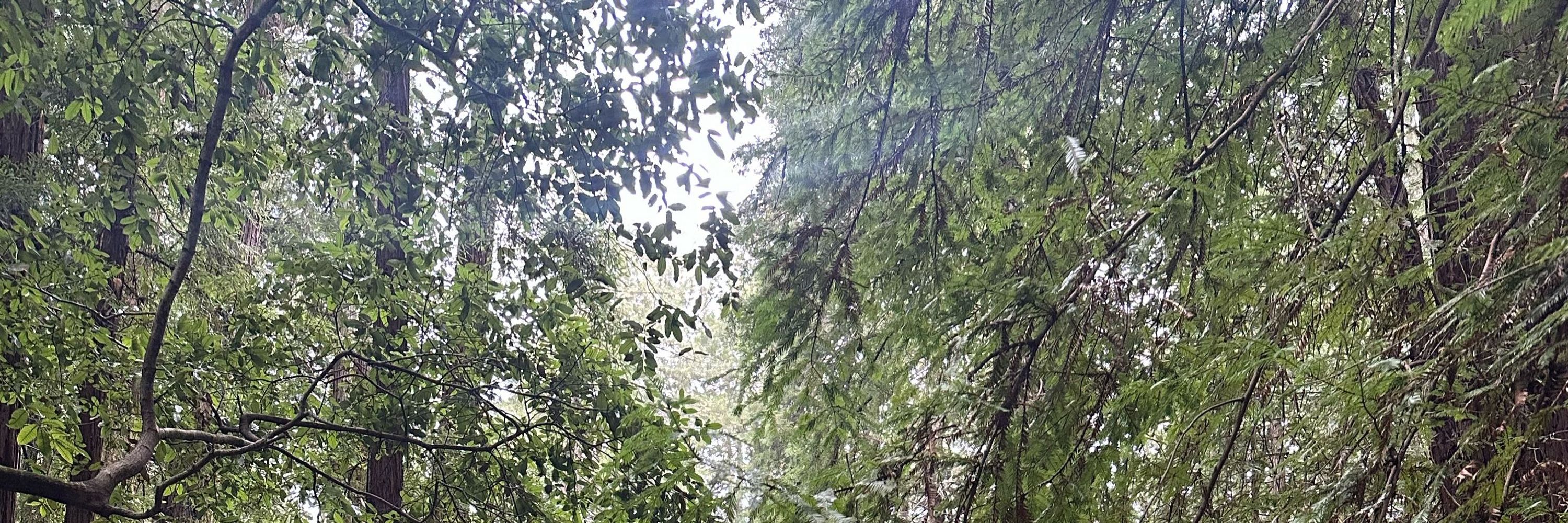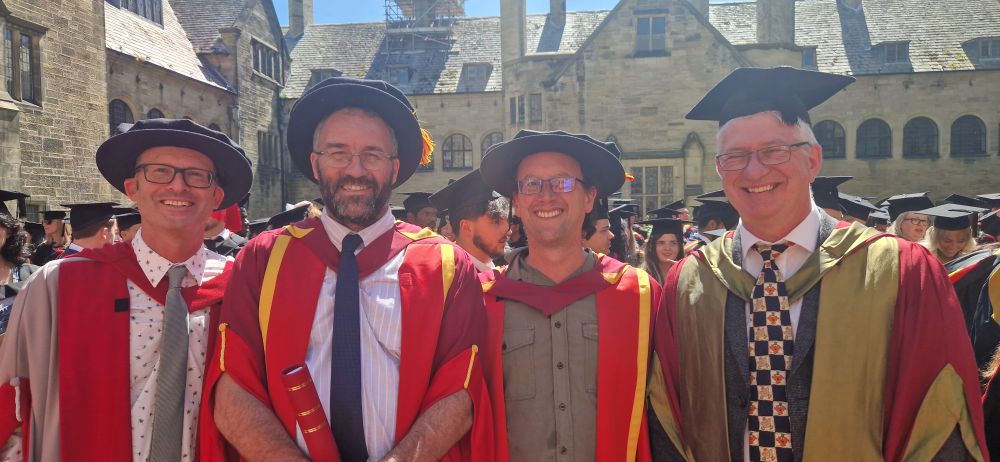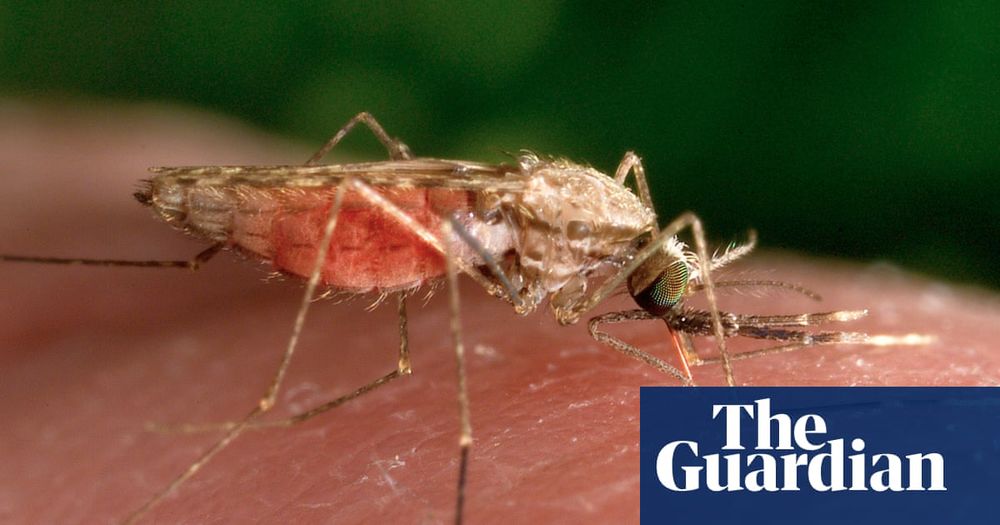
Daniela de Angeli Dutra
@danideageli.bsky.social
920 followers
950 following
15 posts
Lecturer at Bangor University 🏴 🇬🇧
Brazilian 🇧🇷
Parasites scientist 🔬
I study the drivers of vector-borne diseases focusing on land cover, climate, and host diversities.
Posts
Media
Videos
Starter Packs
Reposted by Daniela de Angeli Dutra
Reposted by Daniela de Angeli Dutra
Reposted by Daniela de Angeli Dutra
Reposted by Daniela de Angeli Dutra
Reposted by Daniela de Angeli Dutra
Reposted by Daniela de Angeli Dutra
Reposted by Daniela de Angeli Dutra
Dylan Craven
@dylancraven.bsky.social
· Nov 12
Reposted by Daniela de Angeli Dutra
Aparna Nair
@disabilitystor1.bsky.social
· Aug 12

Rise in dengue fever outbreaks across the Pacific driven by the climate crisis, experts say
Samoa, Fiji and Tonga among the worst affected amid warning the disease and others will become ‘more common and more serious’ as the planet warms
www.theguardian.com
Reposted by Daniela de Angeli Dutra
Reposted by Daniela de Angeli Dutra
Mongabay
@mongabay.com
· Aug 8

Surge in critical minerals claims puts Brazil’s land reform communities at risk
The greed of mining companies in their search for critical minerals in Brazil is threatening food production and the environment, particularly in the Amazon and northeast region states. This is what…
news.mongabay.com
Reposted by Daniela de Angeli Dutra
Reposted by Daniela de Angeli Dutra
Reposted by Daniela de Angeli Dutra
Reposted by Daniela de Angeli Dutra
Reposted by Daniela de Angeli Dutra
Reposted by Daniela de Angeli Dutra
M⃣I⃣S⃣S⃣I⃣N⃣G⃣ L⃣I⃣N⃣K⃣S⃣
𝙉𝙖𝙩𝙪𝙧𝙚 paper by Sikora et al: metagenomic data from 1,313 ancient human remains over 37,000 years
Identified >3,000 instances of known human pathogens
Zoonotic pathogens begin to appear ~6,500 years ago coinciding with the rise of livestock domestication—major epidemiological shift
𝙉𝙖𝙩𝙪𝙧𝙚 paper by Sikora et al: metagenomic data from 1,313 ancient human remains over 37,000 years
Identified >3,000 instances of known human pathogens
Zoonotic pathogens begin to appear ~6,500 years ago coinciding with the rise of livestock domestication—major epidemiological shift

The spatiotemporal distribution of human pathogens in ancient Eurasia - Nature
Screening shotgun-sequencing data from ancient humans covering 37,000 years of Eurasian history uncovers the widespread presence of ancient bacterial, viral and parasite DNA and zoonotic pathogens coi...
www.nature.com
Reposted by Daniela de Angeli Dutra
Reposted by Daniela de Angeli Dutra
















